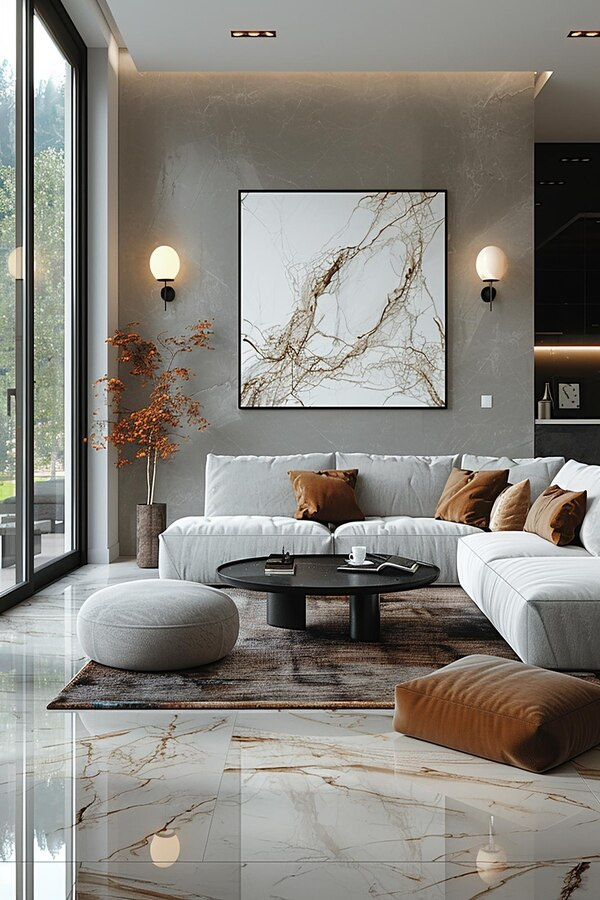The Role of Lighting in Interior Design
Lighting plays a pivotal role in interior design, serving as one of the essential elements that shape the ambiance, functionality, and aesthetics of a space. It goes beyond serving the basic purpose of illumination; lighting is a critical tool that enhances architectural details, creates mood, and can even affect our emotions and productivity. In this article, we'll delve into the multifaceted role of lighting in interior design and explore how different lighting strategies can transform an environment.
One of the primary functions of lighting in interior design is to improve visibility and highlight certain aspects of the room. Properly designed lighting can accentuate architectural features, artwork, and focal points within a space. Techniques like layered lighting, which includes ambient, task, and accent lighting, ensure that a room is well-lit and that its elements are showcased effectively.
Ambient lighting provides general illumination, setting the overall tone of the room. This type of lighting can come from overhead fixtures, such as chandeliers or recessed lighting, and it establishes the base level of light necessary for safe navigation throughout the space. By controlling the intensity and color of ambient lighting, designers can set the mood of a room, from a soft, warm glow for a cozy living room to bright, white light for a productive office environment.

Task lighting is focused, functional lighting used for specific activities. It is essential in areas where detailed work is performed, such as reading, cooking, or working at a desk. Examples of task lighting include desk lamps, under-cabinet kitchen lights, or floor lamps beside a reading chair. Task lighting not only improves functionality but also plays an important role in reducing eye strain, enhancing comfort, and increasing efficiency in performing various tasks.
Accent lighting is used to draw attention to particular features within a space, such as a painting, sculpture, or an architectural detail. Techniques for accent lighting include spotlights, wall-mounted fixtures, or strip lighting. When applied effectively, accent lighting adds depth and dimension to a room, creating a more dynamic visual experience.
Lighting also significantly contributes to the aesthetic appeal of a room. Selecting the right fixtures can enhance the design style, whether it be contemporary, traditional, or a fusion of multiple styles. The choice of materials, finishes, and shapes of lighting fixtures can greatly influence the aesthetic narrative of a space. Statement pieces like dramatic chandeliers or minimalist pendant lights can become the main focal point, adding character and uniqueness to the overall design.
Moreover, the color temperature of lighting—ranging from warm yellow to cool blue—can influence the mood and perceived size of a space. Warm lighting tends to create a cozy and inviting atmosphere, which is ideal for living rooms and bedrooms. In contrast, cooler lighting can make a space feel more expansive and energetic, suitable for offices and kitchens. Designers often use a combination of color temperatures to create layered and versatile environments that adapt to different times of the day or specific occasions.
Another critical aspect is the efficiency and sustainability of lighting solutions. Modern lighting design incorporates energy-efficient technologies like LED lights, which not only lower energy consumption but also offer durability and a wide range of design possibilities. The integration of smart lighting systems further enhances efficiency by allowing users to control brightness, color, and timing remotely, adding another layer of customization and energy management.
In conclusion, lighting is an integral element of interior design that profoundly influences the functionality, aesthetics, and emotional experience of a space. A well-considered lighting strategy can transform a room from a simple living area into a sophisticated, functional, and inviting environment. By understanding the different types of lighting and their effects, both designers and homeowners can create spaces that are not only visually appealing but also tailored to enhance the quality of life.